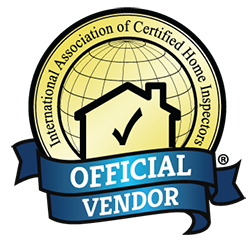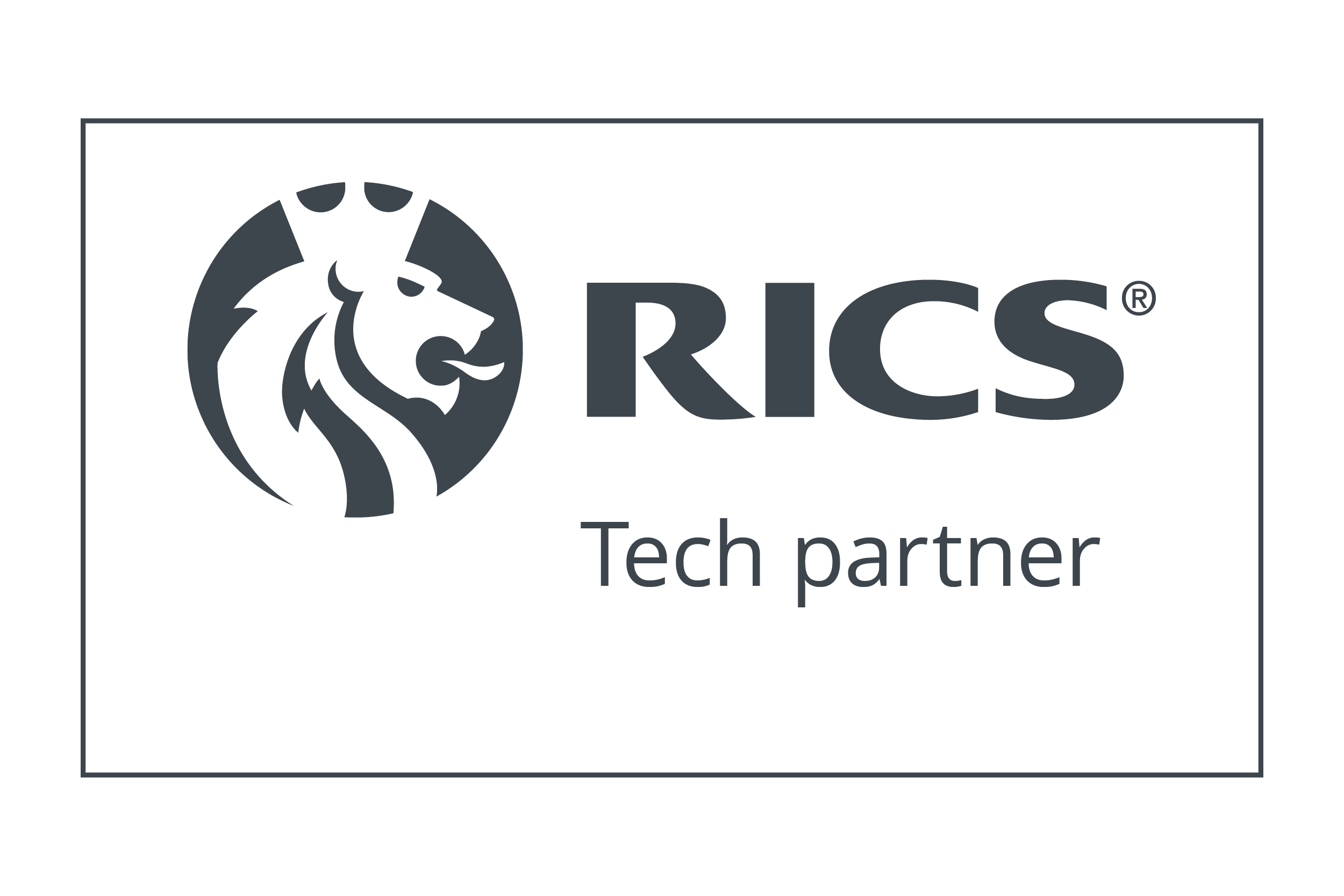When you think of housing, single-family homes probably come to mind first. However, one type of housing often overlooked is multifamily residential.
Multifamily housing refers to properties with more than one household living in them at the same time. These properties range from smaller apartments or condominiums (what most people think of when they think multifamily) to larger apartment complexes. While they may not be as common as single-family homes, multifamily properties make up an important segment of the residential real estate market in the United States.
After the 2008 recession, multifamily housing took a big hit and its value plummeted. However, since then multifamily has bounced back to become a favorite for first-time buyers and investors looking to diversify their portfolios. In 2021, the value of United States multifamily buildings was over $110 billion, which is expected to rise even further by 2025.
What is a multifamily home?
A multifamily home is any type of residential real estate that allows for two or more households to live in it at the same time. Unlike single-family homes where there is just one household living in a single property, multifamily properties can range from smaller apartment buildings with just a few units to larger, high-rise apartment complexes with hundreds of units.
These properties are often rented out to tenants rather than being owner-occupied, and the tenants usually have different living arrangements than those found in single-family homes. They often share walls, floors, and sometimes utilities or even space for parking with neighbors. It’s also common for multifamily units to share communal spaces, such as yards.
What are the types of multifamily housing?
Condominiums
Condominiums are one of the main types of multifamily real estate. Each resident owns their own unit within the condominium, and some or all of the units in the building might be rented out by the building owner or a managing agent.
Apartments
Apartment buildings are another common form of multifamily housing. In this type of multifamily housing, each household typically has its own living space, including bedrooms, bathrooms, and kitchens, but shares other common areas like parking garages and yards. Apartment buildings can contain just a handful of units or hundreds, depending on the size of the development.
Duplexes
A duplex is a multi-family home that contains two units in one building. They share a common wall but have a separate entrance and yard. Triplex and fourplex buildings are similar to the duplex, but they have three and four units respectively.
Garden apartments
This type of multifamily housing is often low-rise, with fewer units making up garden apartment developments. They’re more likely to be found on the outskirts or in the suburbs rather than in the city, and they benefit from lots of green space.
What are the benefits of multifamily housing?
The main benefit of multifamily housing is that it’s usually more affordable than single-family housing. With the current real estate market as it is, it’s more difficult for people to buy a home and this is especially true for first-time buyers. Multifamily developments might contain subsidized units for low-income families, too. Either that or a mix of low-income and high-income. This makes them achievable for most families.
Another benefit of multifamily housing is that it can reduce risks for the homeowner and the investor. For example, if one household in a multifamily property falls behind on their rent and gets evicted, it has no effect on the rest of the residents. The same goes for other problems that might arise in a multifamily property, like disputes, damage, or maintenance issues.
If managed correctly, multifamily properties can be easier to maintain. When each unit has a different management team or maintenance personnel things could get difficult. However, on the whole, multifamily buildings are typically managed and maintained by a single company. Any issues or disputes that arise involve fewer parties and can be settled quicker.
What are the drawbacks of multifamily housing?
The drawbacks of multifamily housing really depend on who you are. If you’re a homeowner, you’re likely to experience more noise due to the number of people living in the building, and possibly more disruption from maintenance and movers. If you’re an investor holding a single unit in a development, you could be at the mercy of an uncooperative building manager or messy tenants.
With this in mind, it’s important to consider regular inspections and audits, to ensure your multifamily investment is secure. Conducting detailed inventory inspections, move-in and move-out inspections, and periodic maintenance inspections will give you all the information and evidence you need if an issue ever arises.
For the homeowner or tenant, dealing with disputes in multifamily housing developments can be a real problem. With so many families under one roof, it’s more than likely something will go awry at times. If this does happen, stay calm and communicate with management and hopefully you’ll come to a swift resolution.
Multifamily laws and regulations
Multifamily housing developers in the United States are subject to a range of regulations and laws. Whether that’s zoning, design standards, building codes, labor laws or permit requirements, each one carries a cost and a timescale. While they are all designed to protect residents, workers and neighbourhoods, they can still be cost-prohibitive to developers.
The laws and regulations for multifamily housing in the United States vary by state or municipality. However, there are a handful of federal laws that apply to multifamily housing developments across the country, no matter where they’re situated. These typically tend to be peripheral regulations arising from other key pieces of legislation, like the Civil Rights Act and the Environmental Protection Agency.
Here are some of the key laws and regulations:
- Fair Housing Act: This law, introduced as part of the momentous Civil Rights Act of 1968, prohibits discrimination on the basis of race, religion, gender, nationality and disability in the sale, rental and financing of housing in the US.
- Americans with Disabilities Act: Under Title II of this Act, multifamily housing, local public housing and affordable housing must meet minimum requirements to be accessible to people with disabilities. It sets standards for things like doorways, hallways, and bathroom facilities to ensure that people with disabilities can access them.
- Environmental Protection Agency regulations: There are numerous regulations under the EPA that address issues like lead-based paint, asbestos, and radon in residential homes. Landlords and property managers must ensure that their properties are free from these hazardous materials under the EPA and HUD guidance.
- Housing and Urban Development (HUD) regulations: Considered the overarching standard to which all other regulations dovetail, HUD sets regulations for federally subsidized multifamily housing developments among other real estate asset classes. These regulations cover issues like rent control, tenant eligibility, and maintenance requirements, among other things.
These are just a few of the laws and regulations that apply to multifamily housing in the United States. It’s important for landlords, property managers, and tenants to be aware of these laws and regulations to ensure that they are in compliance and to protect their rights.
Things to look out for in multifamily housing
When buying, renting or investing in multifamily housing, there are a few things to look out for. First, the home needs to be well maintained. Do your usual checks along with the managing agent and unit owner, but pay particular attention to servicing and maintenance history.
Another thing to ask, and this is especially for investors and homeowners, is whether or not it has a good rental history. A poor rental history could point to something bad at play and could be detrimental to your investment, so don’t be afraid to ask questions.
Also, don’t forget to gauge demand for the local area. Walking around the area can give you a good sense of place, but asking a local estate agent or the building owner, who will typically have more in-depth knowledge, will provide much more clarity as to the demand for the area and the building.
Lastly, building maintenance is another important factor. Although you might be buying, renting or investing in a single unit, that single unit is still part of a larger complex. If maintenance is slow to react it could cause issues down the road.
When buying, renting or investing in multifamily housing, it’s important to ensure that the maintenance team is proactive and uses some form of property management software to keep things together. If they’re using modern, digitized methods to stay on top of maintenance and multifamily inspections, it shows they’re serious about multifamily maintenance.











